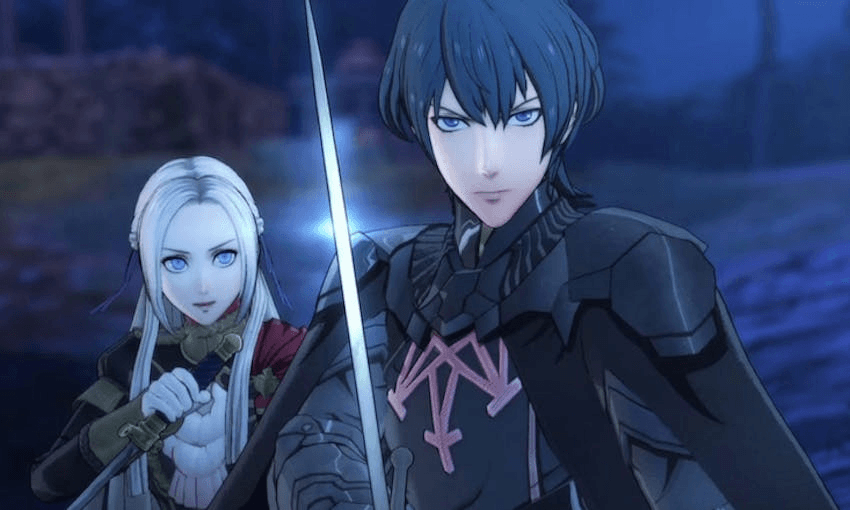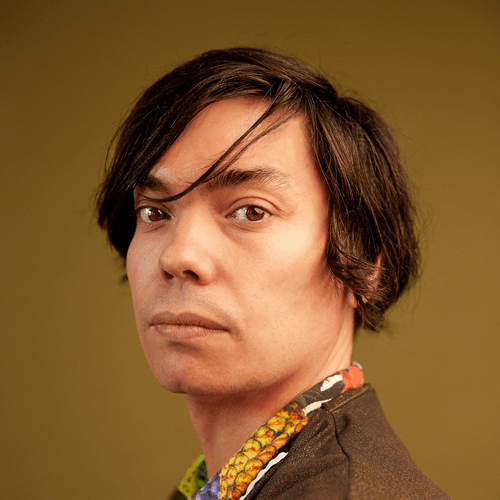Fire Emblem: Three Houses perfectly splits difference between staying true to its core while reinventing itself to appeal to a broader audience, writes Sam Brooks.
Against all odds, Fire Emblem has become a stalwart gaming franchise. Created by Japanese developers Intelligent Systems, Fire Emblem‘s success is especially surprising considering its first English-language release, in 2003/4, was a barely-printed GBA game; its true international breakthrough didn’t come until nearly a decade later, when Awakening was released on the 3DS. These days each new game in the series is not only released internationally, its release is simultaneous with Japan – which might not sound like a big deal, but in the world of JRPGs, it truly is.
All of this is to say that I’m delighted to report that Fire Emblem: Three Houses, the most anticipated game in the series’ decades-long history, also happens to be its best game yet.
At its core, Three Houses is classic Fire Emblem. Its an RPG with strict rules – random-ish stat gains, territory bonuses, class strengths and weaknesses – and punishing difficulty. Intelligent Systems, now joined by Koei Tecmo for co-development, have made Fire Emblem‘s name by riffing on this strong foundation, and their latest creation is a cut above the rest.
The first riff: story structure. You play as the mercenary Byleth, either male or female presenting, who by chance happens to save three teenagers from roving bandits. In what has to be divine consequence, these three teenagers happen to be leaders of the three largest competing factions in your nation: The Black Eagles (probably evil nobles), The Golden Deer (morally ambiguous rogues) and Blue Lions (incels). Almost immediately, you’re offered the position of playing teacher to your chosen house.
If it sounds a little like Hogwarts, that’s because it is. But Three Houses throws in an extra wrinkle: you’re given an almost unprecedented amount of control over how your students grow – want to make the mild-mannered Bernadetta a heavily armoured knight? Go ahead! – and even more crucially, you can recruit students from other houses into your house. If you raise enough of Byleth’s skills or bond enough with students in your free time, then you can poach your favourite or most desired students to round out your house.
The game starts off slow, but it’s for a reason: there’s significant world-building to do first, setting up the relationships between the factions themselves, between the factions and the Church of Seiros (which happens to be in charge of Not!Hogwarts), and with mysterious ghost girl who exists inside Byleth’s head. So while you’re doing all your exploring of the school, bonding with your students and teaching them how to kill better, there’s a lot of world to dive into.
It’s a brilliant way to get a player emotionally involved with the game – god knows that the Persona series has traded on exactly this gameplay mechanic for the past 20 years. The first chunk of Three Houses, a good 25 hours or so if you’re exploring every nook and cranny and maxing out your relationships, gets you familiar with a wide range of characters before it inevitably and cruelly pulls the rug out. This is a Fire Emblem game, after all. There’s going to be a war, and unfortunately, guess what your students are training up to be very good at? War. It’s like Harry Potter if it was just the big fight at the end of the last book: you don’t know who is going to die, and who is going to be left holding the bloodied knife.
None of which would matter if it wasn’t so charmingly presented. There’s a huge upgrade in graphics, thanks to this game being on the Nintendo Switch, but the cell-shaded art style gives Three Houses a storybook quality that the previous games have aimed at, but haven’t had the technology to truly embrace. Not so here – this game looks gorgeous, from the battle animations to the anime cutscenes.
If the game has one drawback, it might be just how goddamn huge it is. The developers promised 200 hours of gameplay, and given that each of the three houses (evil nobles, dubious rogues, incels) have specific enough plotlines, I believe it. Even 30 hours in, I barely felt like I’d scratched beneath the surface. There’s a benefit to this, obviously. You’re getting a lot of game for your investment, and with the promise of future content, story and cosmetic alike, it’s not inconceivable that you can quietly plod through this game for the next eight months without going over anything twice.
It can be great to see a franchise reinvent itself, to give it new energy and appeal to a broader audience so it can, you know, survive. It’s also great when a franchise sticks to what makes it great and what made people love it in the first place. Fire Emblem: Three Houses has the best of both worlds – it doesn’t change itself just for the sake of it. It changes itself so that player’s emotional investment is a gateway to loving the game itself.
Single-player RPGs are a dying breed, and change is necessary so a scant few can survive. That Fire Emblem has transformed while keeping its core, and has turned out its best game to date as a result, that’s worthy of celebration.
Fire Emblem: Three Heroes is available on Nintendo Switch.



